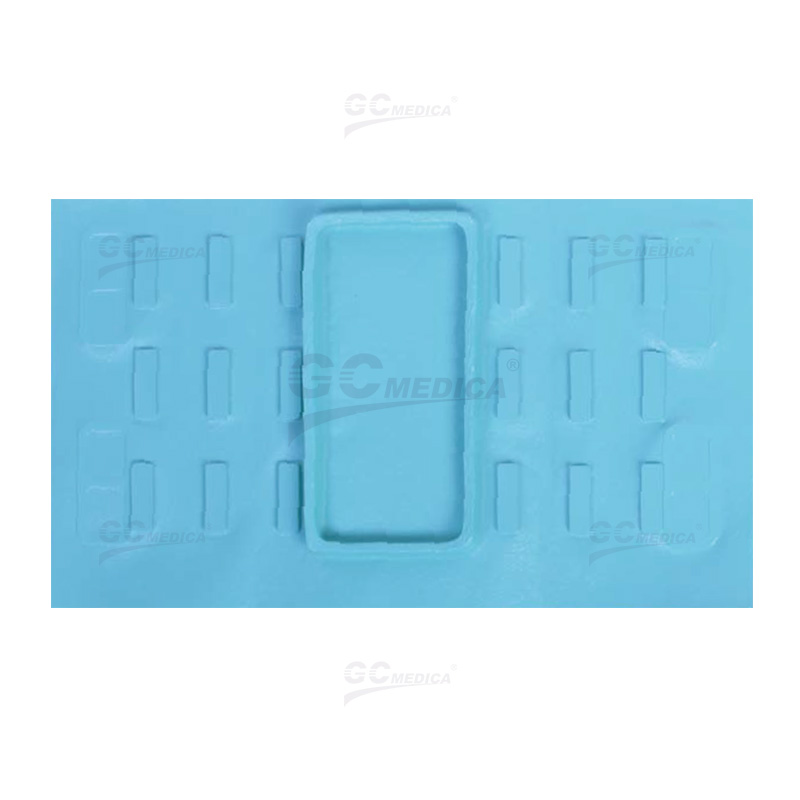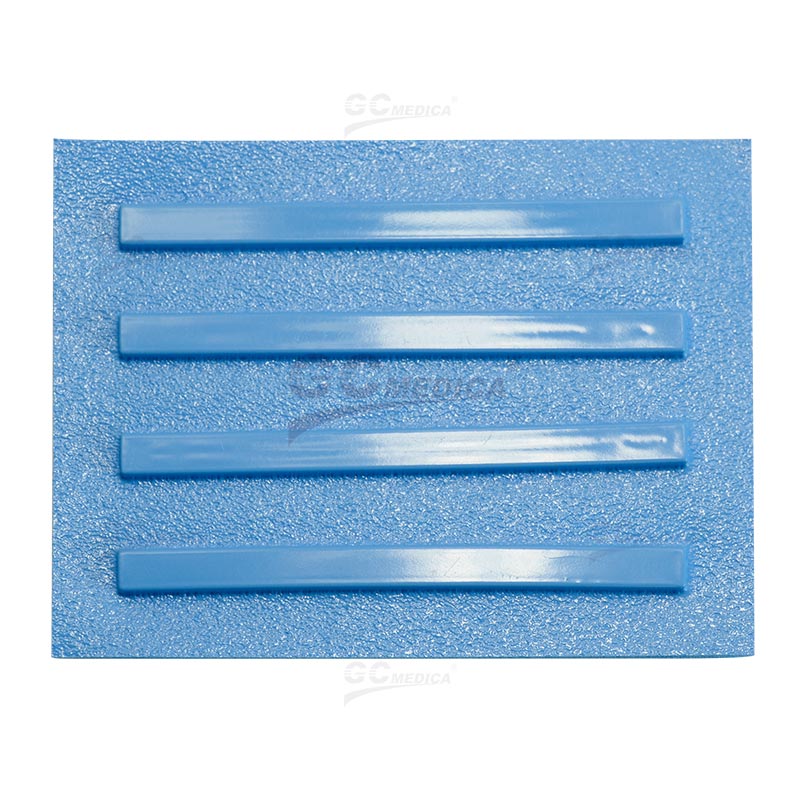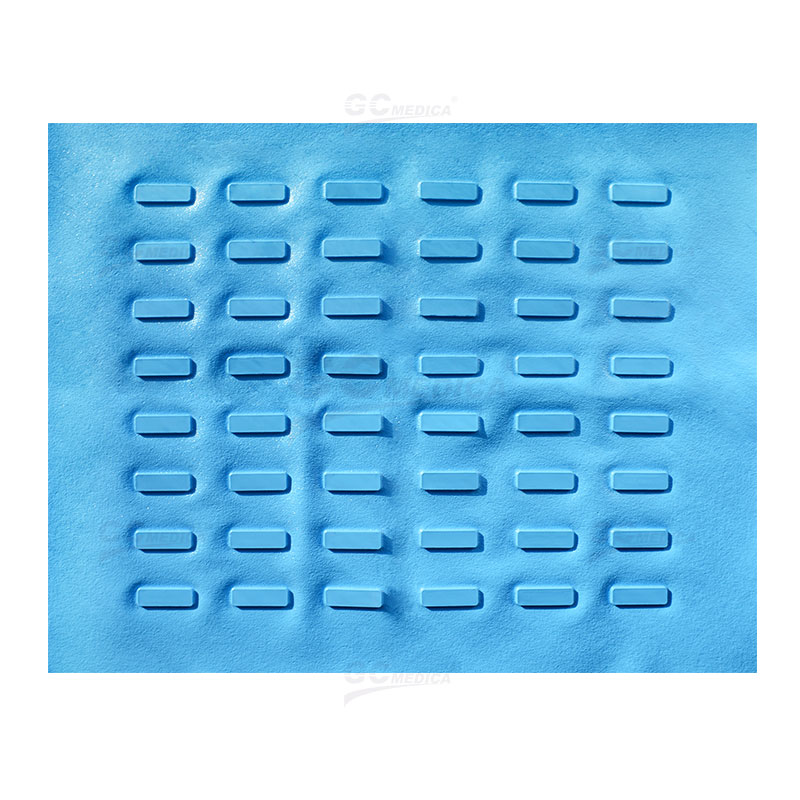In the fast-paced environment of modern healthcare, optimizing surgical workflows is crucial for enhancing efficiency and ensuring patient safety. One innovative tool that has gained attention in operating rooms is the surgical magnetic mat. This device offers a secure platform for surgical instruments, streamlining procedures and minimizing risks associated with instrument handling.
| |
| Magnetic Mat with Neutral Zone | |
| Magnetic Mat in Palm | |
| Magnetic Mat | |
Enhancing Instrument Management
A primary advantage of surgical magnetic mats is their ability to securely hold metallic instruments during procedures. The mats are embedded with strong magnets that keep instruments in place, preventing them from slipping or falling off the sterile field. This feature is particularly beneficial in maintaining an organized workspace, allowing surgical teams to quickly locate and access the necessary tools. By reducing the time spent searching for instruments, these mats contribute to a more efficient surgical process.
Promoting Safety with Hands-Free Transfer
Surgical magnetic mats serve as a neutral zone for the hands-free transfer of sharp instruments between team members. This practice significantly reduces the risk of sharps-related injuries, which are a concern in operating rooms. By providing a designated area for placing and retrieving instruments, the mats help in minimizing direct hand-to-hand passing, thereby enhancing overall safety protocols.
Preventing Instrument Falls and Maintaining Sterility
The secure placement of instruments on magnetic mats also addresses the issue of tools accidentally falling during surgery. Such incidents can compromise sterility and lead to procedural delays. By firmly holding instruments in place, magnetic mats help maintain the sterile field and ensure that surgeries proceed without unnecessary interruptions.
Versatility and Ease of Use
Designed with flexibility in mind, surgical magnetic mats can conform to various surface shapes, accommodating different surgical setups. Many mats feature non-slip backings that keep them securely positioned on drapes or other surfaces. Additionally, they are often constructed from materials that withstand standard sterilization processes, ensuring they meet the stringent hygiene standards required in medical environments.
Conclusion
Integrating surgical magnetic mats into operating room practices offers multiple benefits, including improved instrument management, enhanced safety through hands-free transfers, prevention of instrument falls, and adaptability to various surgical scenarios. By adopting such innovations, healthcare facilities can streamline surgical workflows, reduce the risk of injuries, and uphold the highest standards of patient care
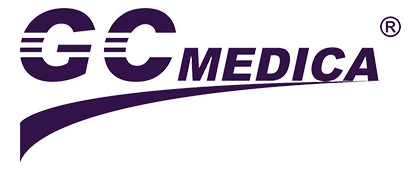

 Français
Français Español
Español Products
Products
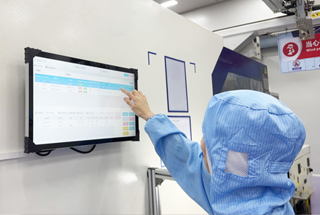
 About Us
About Us




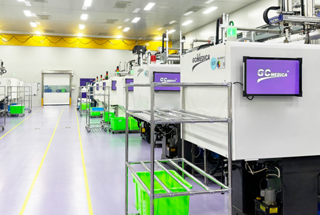
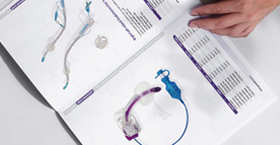

 GCMEDICA Surgical Magnetic Mat Online Promotion
GCMEDICA Surgical Magnetic Mat Online Promotion